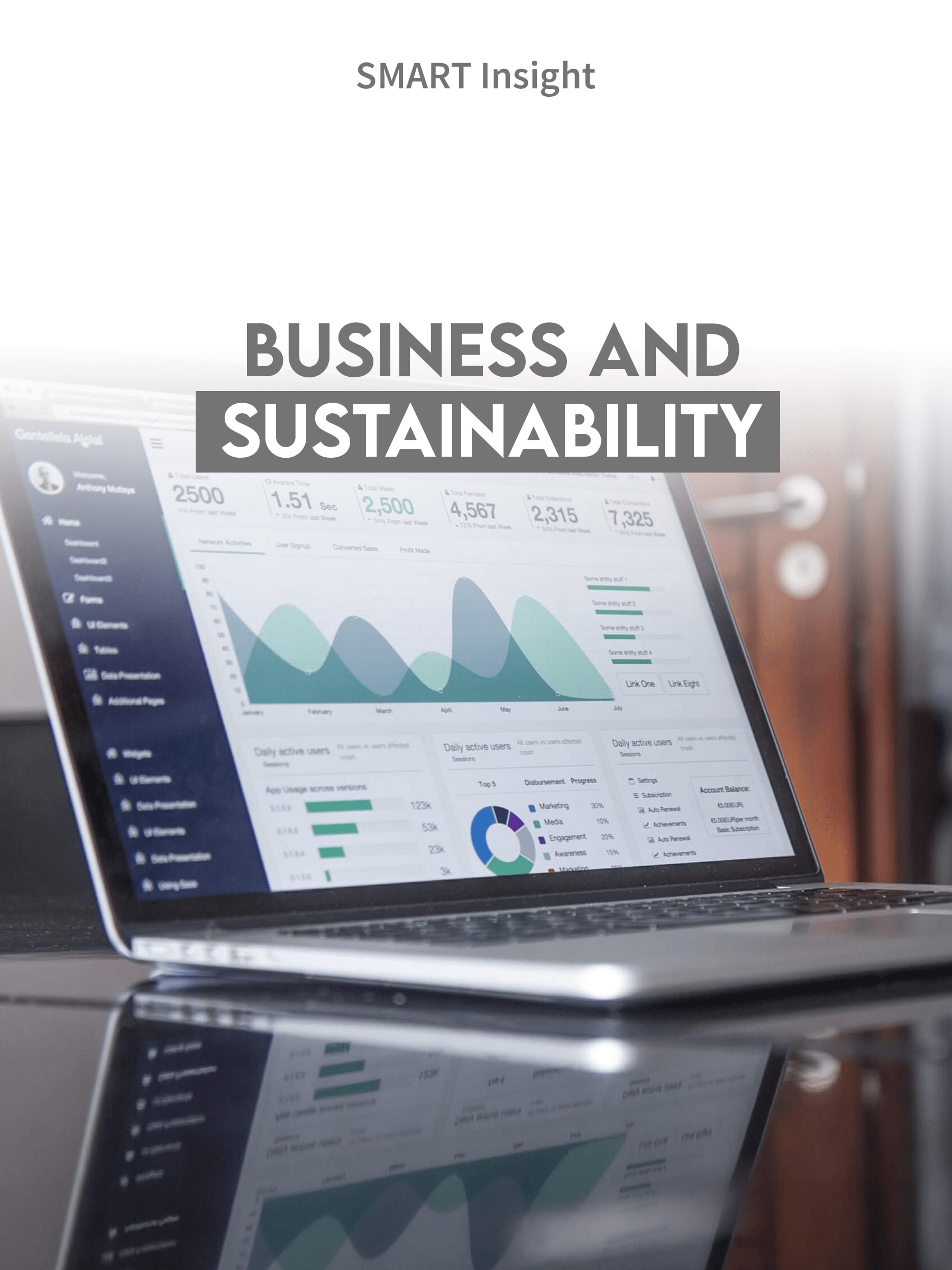Sentiment Analysis of Peer-to-Peer (P2P) Lending: A Study of Scientific Publications
DOI:
https://doi.org/10.58968/bs.v2i2.379Keywords:
P2P Lending, Fintech, Sentiment AnalysisAbstract
The data used in this study includes 200 scientific publications collected during the period 2009 to 2023. The analysis process was carried out by utilizing SentiStrength software, and the results showed that neutral sentiment dominated with a percentage of 38%, followed by negative sentiment of 32%, and positive sentiment of 30%. In more detail, sentiment analysis on scientific publication data fluctuates every year. 2021 recorded the highest number of sentiments, namely 43 sentiments, with the dominance of neutral sentiments as many as 16 sentiments. These findings reflect the dynamics and complexity of views related to peer-to-peer lending in the academic literature. This research contributes to the understanding of how peer-to-peer lending is viewed from the perspective of published literature, by identifying changes in sentiment over time. The implications of these findings can serve as a foundation for further research, as well as provide insights to stakeholders regarding trends and changes in perceptions towards peer-to-peer lending in scholarly publications.
References
Assalafiyah, A., & Rusydiana, A. S. (2021). Professional Zakat. In Indonesian Conference of Zakat-Proceedings (pp. 15-22).
Baihaqi, J. (2018). Sharia-based Financial Technology Peer-To-Peer Lending in Indonesia. TAWAZUN: Journal of Sharia Economic Law, 1(2), 116. https://doi.org/10.21043/tawazun.v1i2.4979
De Roure, C., Pelizzon, L., & Tasca, P. (2021). How Does P2P Lending Fit into the Consumer Credit Market? SSRN Electronic Journal, 30. https://doi.org/10.2139/ssrn.2848043
Duan, W., Gu, B., & Whinston, A. B. (2009). Informational cascades and software adoption on the Internet: An empirical investigation. MIS Quarterly: Management Information Systems, 33(1), 23-48. https://doi.org/10.2307/20650277
Fong, A. (2015). Regulation of peer-to-peer lending in Hong Kong: State of play. Law and Financial Markets Review, 9(4), 251-259. https://doi.org/10.1080/17521440.2015.1114248
Freedman, S., & Jin, G. Z. (2012). Do Social Networks Solve Information Problems for Peer-to-Peer Lending? Evidence from Prosper.com. SSRN Electronic Journal, November. https://doi.org/10.2139/ssrn.1936057
Herzenstein, M., & Andrews, R. L. (2008). The democratization of personal consumer loans? Determinants of success in online peer-to-peer lending communities. Boston University School of Management Research Paper, 14(6), 1-45. http://www.prosper.com/downloads/research/democratization-consumer-loans.pdf
Huang, R. H. (2018). Online P2P Lending and Regulatory Responses in China: Opportunities and Challenges. European Business Organization Law Review, 19(1), 63-92. https://doi.org/10.1007/s40804-018-0100-z
Isa, M., & Suryomurti, W. (2023, June). Sentiment Analysis on the Perception of Sharia Fintech in Indonesia. In 4th International Conference on Islamic Economics, Business, Philanthropy, and PhD Colloqium (ICIEBP 2022) (pp. 146-169). Atlantis Press.
Klafft, M. (2008). Online peer-to-peer lending: A lenders' perspective. Proceedings of the 2008 International Conference on E-Learning, e-Business, Enterprise Information Systems, and e-Government, EEE 2008, January 2008, 371-375. https://doi.org/10.2139/ssrn.1352352
Lee, E., & Lee, B. (2012). Herding behavior in online P2P lending: An empirical investigation. Electronic Commerce Research and Applications, 11(5), 495-503. https://doi.org/10.1016/j.elerap.2012.02.001
Li, J., Hsu, S., Chen, Z., & Chen, Y. (2016). Risks of P2P Lending Platforms in China: Modeling Failure Using a Cox Hazard Model. Chinese Economy, 49(3), 161-172. https://doi.org/10.1080/10971475.2016.1159904
Lova, E. F. (2021). Sharia Peer To Peer Lending Financial Technology: A Comparison and Analysis. Jeblr, 1(2), 29-41. https://jurnal.unej.ac.id/index.php/JEBLR/article/download/27732/10388
Luo, C., Xiong, H., Zhou, W., Guo, Y., & Deng, G. (2011). Enhancing investment decisions in P2P lending: An investor composition perspective. Proceedings of the ACM SIGKDD International Conference on Knowledge Discovery and Data Mining, August, 292-300. https://doi.org/10.1145/2020408.2020458
Maliha, H. (2023). Productive Zakat: An Intertemporal Sentiment Analysis. Islamic Economics and History, 2(1).
Maulida, S., & Hakim, B. A. (2022). Twitter Sentiment Analysis on Green Finance. Accounting and Sustainability, 1(1).
Maulida, S., & Rusydiana, A. S. (2023). Islamic Microinsurance: Problem, Future Prospect and Sentiment Analysis. Tamkin Journal, 2(1). http://journals.smartinsight.id/index.php/TJ/index
Niu, B., Ren, J., Zhao, A., & Li, X. (2020). Lender trust on the P2P lending: Analysis based on sentiment analysis of comment text. Sustainability (Switzerland), 12(8). https://doi.org/10.3390/SU12083293
Rabbani, M. R., Khan, S., & Atif, M. (2023). Machine learning-based P2P lending Islamic Fintech model for small and medium enterprises in Bahrain. International Journal of Business Innovation and Research, 30(4), 565-579. https://doi.org/10.1504/IJBIR.2023.130079
Riani, R., Rusydiana, A.S., & Ikhwan, I. (2022). Sentiment Analysis of Multilingual Tweets on Cash Waqf. International Journal of Waqf, 2(1).
Rusydiana, A. S. (2018). Sentiment Analysis of Islamic Waqf: Evidence In Indonesia. Maqdis: Journal of Islamic Economic Studies, 3(2), 123-134. https://www.academia.edu/download/57932430/2018_MAQDIS_Sentiment_analysis_of_Islamic_waqf__Evidence_in_Indonesia.pdf
Rusydiana, A. S., & Marlina, L. (2020). Analisis sentimen terkait sertifikasi halal. Journal of Economics and Business Aseanomics, 5(1), 69-85.
Suryono, R. R., & Budi, I. (2020). P2P Lending Sentiment Analysis in Indonesian Online News. 172(Siconian 2019). https://doi.org/10.2991/aisr.k.200424.006
Tao, Q., Dong, Y., & Lin, Z. (2017). Who Can Get Money? Evidence from the Chinese Peer-To-Peer Lending Platform. SSRN Electronic Journal, 19, 425-441. https://doi.org/10.2139/ssrn.2863360
Verstein, A. (2011). The Misregulation of Person-to-Person Lending. University of California, Davis, 45(445), 445-530.
Xu, Y., Qiu, J., & Lin, Z. (2011). How does social capital influence online P2P lending? A cross-country analysis. Proceedings - 2011 International Conference on Management of e-Commerce and e-Government, ICMeCG 2011, 238-245. https://doi.org/10.1109/ICMeCG.2011.62
Yang, Q., & Lee, Y. C. (2016). Critical factors of the lending intention of online P2P: Moderating role of perceived benefits. ACM International Conference Proceeding Series, 17-19-August-2016(August). https://doi.org/10.1145/2971603.2971618.



















